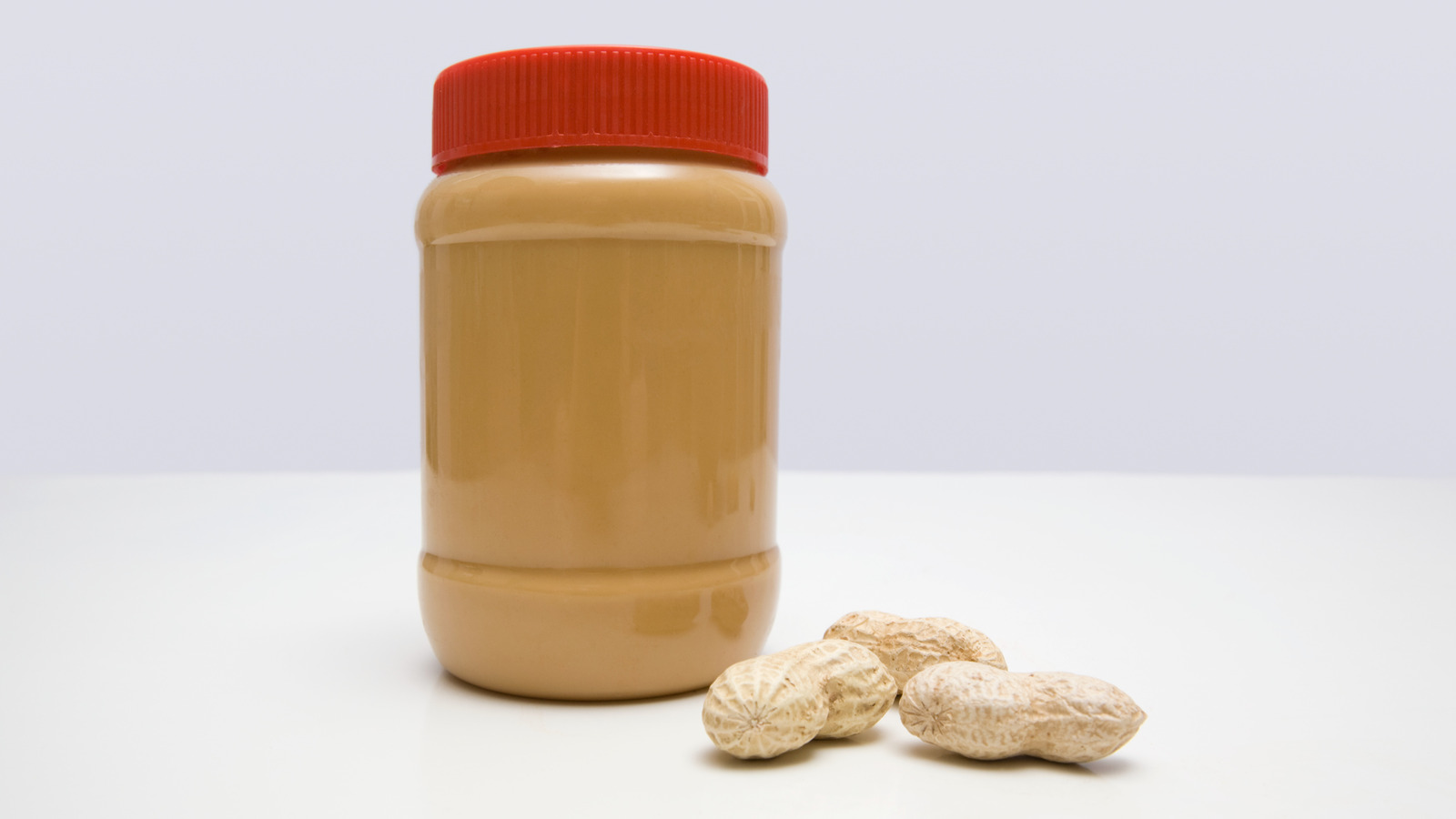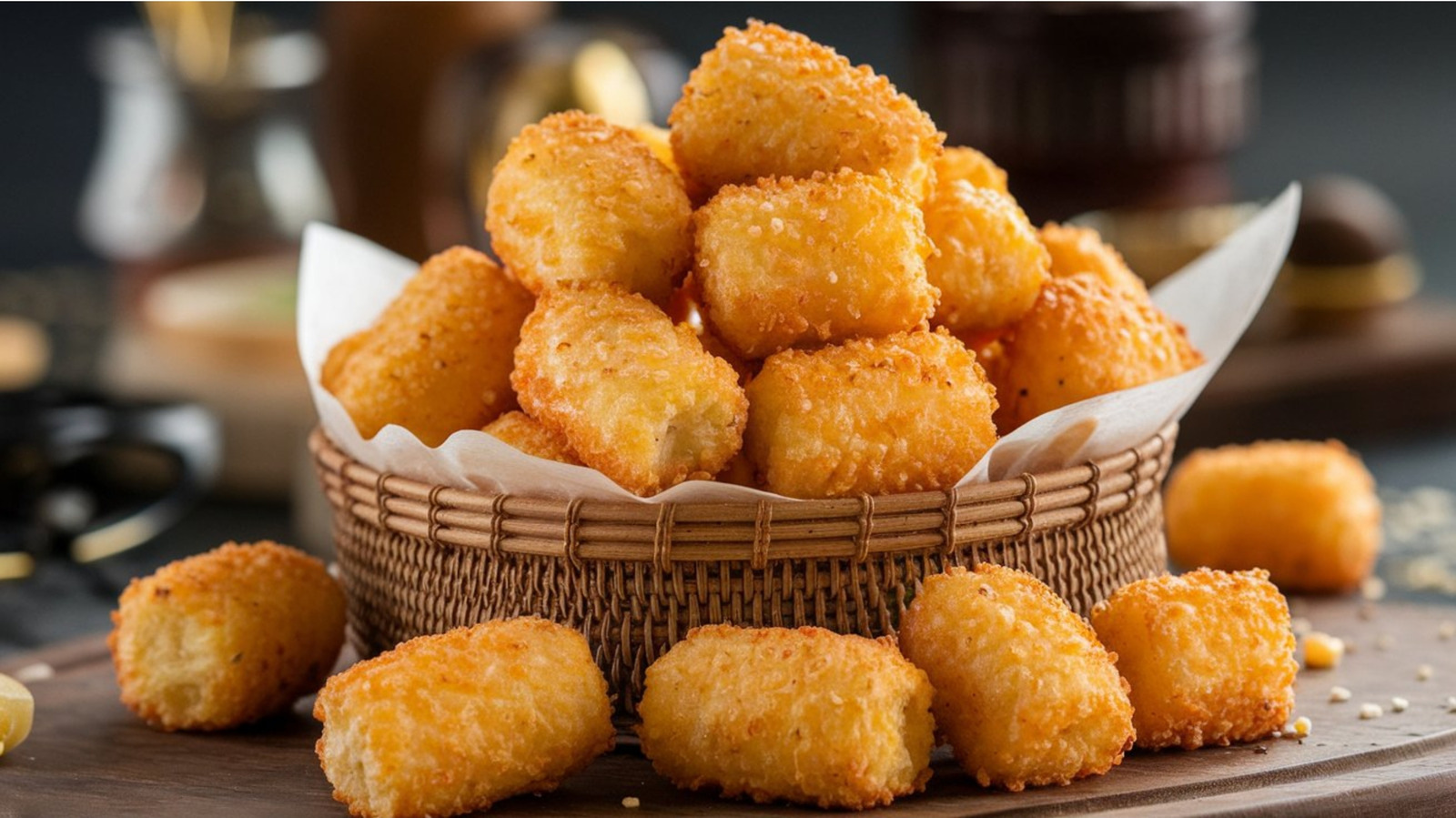
Wayanad, originally known as Wayalnadu, is a region steeped in history, with ancient stone inscriptions attesting to its prehistoric past. This land, rich in cultural heritage and the legacy of diverse communities, is a true treasure trove of unique and vibrant flavours. Agriculture forms the backbone of life here, and the fertile soil produces ingredients that lie at the heart of the region's distinct cuisine.
To truly experience the flavours of Wayanad, one must explore the food habits shaped by its various castes, religions, and indigenous tribes. Each group, whether native to Wayanad or having migrated over the centuries, has infused its own culinary traditions into the region’s gastronomic culture. Read more: Special crab curry of the paniya tribe of Wayanad Let's embark on a journey through the rich and varied flavours of Wayanad, drawing from the diverse tastes and traditions of its people, including the indigenous tribal communities.
Leaves that taste green Green leaves hold a special place in Wayanad's cuisine, accompanying almost every meal. Depending on the season, locals prepare dishes using a variety of spinach and other leaves, including Murikku (Indian coral), Ponnam Kani (dwarf copper), Thakara (coffee pod), and Thaalu (taro leaf). A staple breakfast in Wayanad is porridge, often made with kuthari (traditional red rice).
As farming is central to most households, the produce frequently finds its way into daily meals. Porridge is commonly paired with kappa (tapioca), boiled with turmeric and salt. Another signature side dish served with porridge is vadaku, prepared in different variations.
Some popular types include Idichakka Vadaku (raw jackfruit), Ullinuvadaku (onion), Mathan Vadaku (pumpkin), and Chundaka Vadaku (turkey berry). To make Mathan Vadaku, ripe pumpkin is traditionally dried by coating it in soil and storing it. Once ready, the pumpkin is combined with rice, cumin seeds, coriander, and small onions, shaped into small balls, and sun-dried.
These dried balls are deep-fried in oil, resulting in a crispy and flavourful dish. Read more: Soft 'Kallupittu' with spicy roast chicken is an iconic Wayanad dish Wayanad is also known for its unique varieties of pappadam, such as chakka pappadam (jackfruit pappadam) and kappa pappadam (tapioca pappadam). To prepare chakka pappadam, ripe jackfruit is boiled and mixed with curry leaves, cumin, and garlic.
The mixture is mashed into a paste, spread on boiled banana leaves, and sun-dried. Once fully dried, the pappadam is fried in oil to achieve a crispy texture. Kondattam is another signature dish of Wayanad, made by boiling chundaka (turkey berry) with salt and turmeric, then sun-drying it.
Once dried, it is fried to a crisp. Similarly, noolputtu is dried and stored for later use, then fried to add a crispy element to the meal. One of Wayanad’s favourite indulgences is payasam, a traditional dessert available in many delightful varieties.
The broken rice of Gandakashala is often used to prepare payasam, with jaggery as the primary sweetener. A notable variety is Mulayari Payasam, made from bamboo rice. Another cherished version, Chakkavaratti Payasam, was once a wedding favourite, prepared by combining dried jackfruit, coconut milk, and jaggery.
Banana payasam is also a common treat in Wayanad. Lastly, Pathal is a delicacy unique to Wayanad. Made by mixing pathiri (rice) powder with kanthari chili, small cumin, and small onions, it is thickly baked.
The key ingredient is boiled pachari (raw rice), giving it a distinct texture. This dish is best enjoyed with naadan chicken curry. Read more: Curry made of baby bees? A Wayanad tribe vouches for its taste Ellum Kappa, Kellaput, Karani Appam, Pulav.
.. Njeralada is a dish enjoyed by all the communities of Wayanad.
It is prepared by kneading rice flour with aval (flattened rice), cumin, and jaggery, then spreading the mixture on edanna leaves and steaming it. Among the Christian communities, Ellum Kappa—a dish made with bone and tapioca—is a staple. Other notable dishes include Moru Curry (buttermilk curry), Chemmeen Chammanthi (dried shrimp chutney), and Shark Pickle.
For the Hindu sects, the traditional Sadya (feast) is a favourite, with Mulakari as the main dish. It is made using chillies and bitter gourd. Another important dish is Olan, prepared with mathan (pumpkin) and karumusa (papaya).
The vegetables, along with elavan (wax gourd), are simply boiled with salt and water, then lightly seasoned with oil—interestingly, turmeric powder is not used in this dish. Another traditional dish is Chakkaputtu, made by boiling jackfruit, rice flour, and coconut in an idli pot until cooked. Since jackfruit is abundant in the region, the people of Wayanad often use it to prepare a variety of dishes.
The Muslim community in Wayanad offers a fusion of flavours from Kozhikode and Kannur, with slight deviations to create new versions of traditional dishes. A distinct Wayanad touch is evident in their biryani. Naadan chicken is the main meat dish enjoyed in this community.
Kellaputtu is a special dish from the Kuruma community, traditionally prepared when the bride moves into the groom’s house after marriage. The rice used is grown by the family and coarsely ground into flour. The thick batter is poured into a special vessel called Vennakkallu (butter stone), forming a dense puttu.
This dish is typically served with stew curry, made by cooking potatoes, onions, and ginger with coconut milk added for richness. Karani Appam is a beloved dish among the Nair community, made using dosa batter. To prepare it, coconut oil is heated in a bowl, and mustard seeds are tempered in the oil.
The batter is then poured in and rotated to create a round shape. Grated coconut is added on top, giving the dish its signature flavour and texture. Another notable dish is Tanniramrutham, prepared by grinding ripe bananas (cherupazham), roasted rice powder, jaggery, and coconut.
The mixture is hand-kneaded and then fried in oil. What sets Tanniramrutham apart is that it does not follow any particular size or shape, making each piece a delightful surprise. The Jain sects in Wayanad enjoy a variety of Pulavus along with a selection of sweets such as halwa, laddu, and peda.
Their vegetable biryani, a completely vegetarian dish, is known for incorporating a wide array of fresh vegetables. Certain castes in Wayanad prepare non-vegetarian dishes for important functions, a tradition that dates back to ancient times when meat obtained through hunting was commonly used. This meat, along with fish, was dried and stored for long periods.
In traditional Naadan chicken curry, only small onions are used, with both fresh and dried pepper contributing to its distinctive flavour. The Paniya communities also have similar dishes, reflecting the shared culinary heritage of the region..














